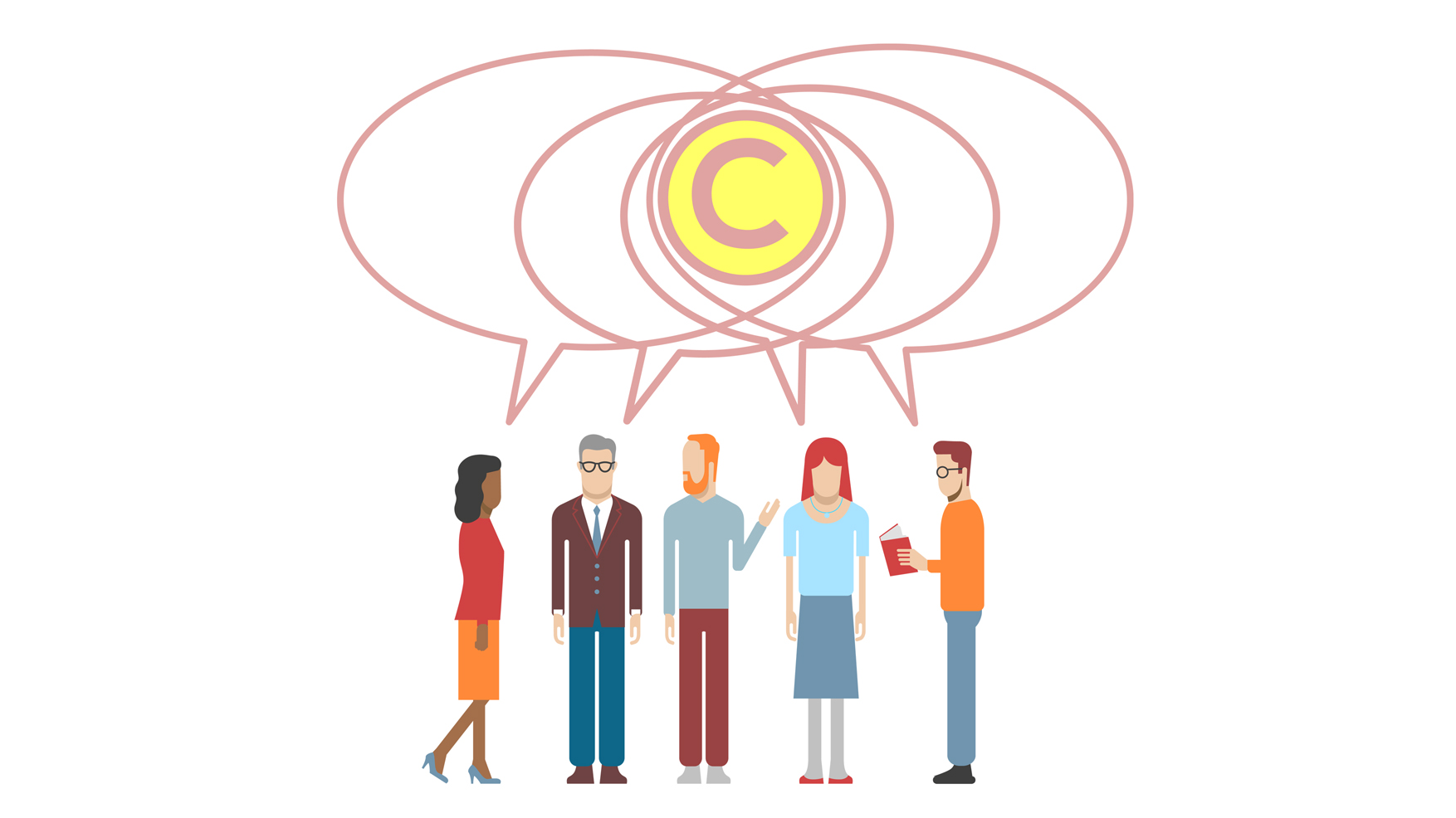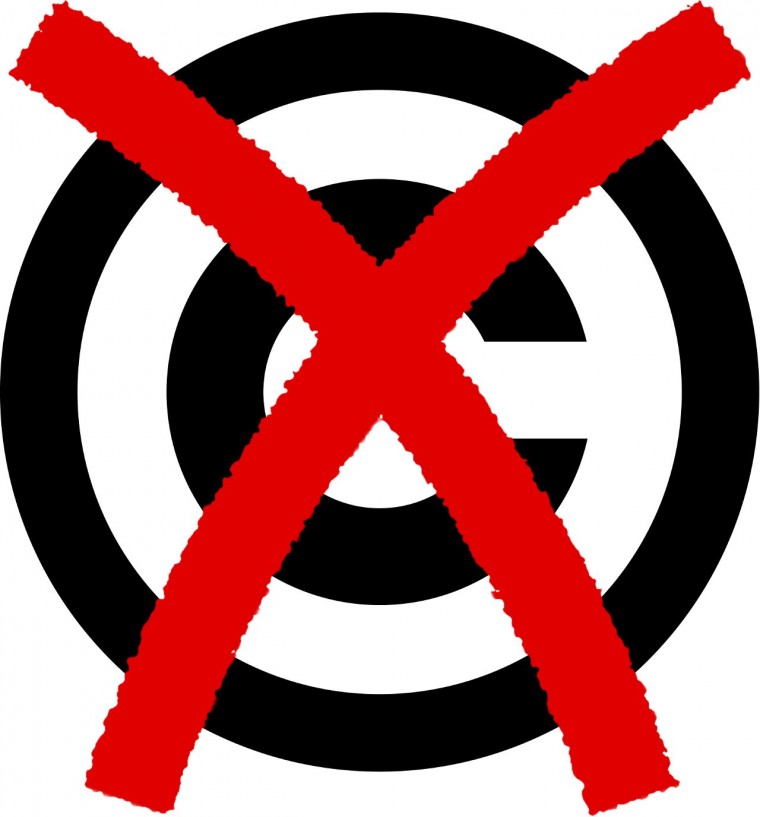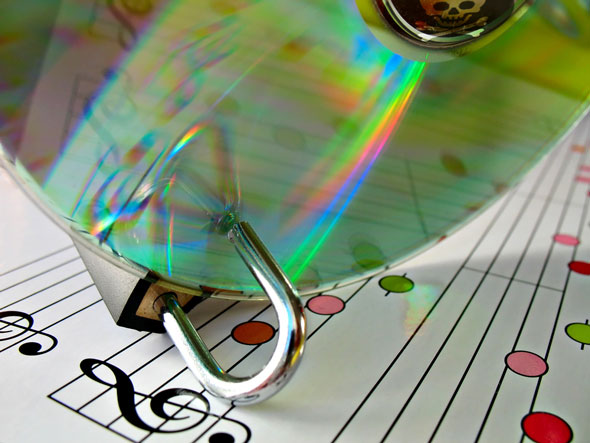Taking into account that the goal of copyright was controversial even before the advent of the Internet and technologies that allowed easy reproduction, with the beginning of digital era it has become even more confusing. Since the web was created by default for free information exchange and initially users were not informed about the correct use of protected information in the Internet, they were not ready for the punishment for copyright violation and it took a lot of time to educate them about copyright law (Skvarka, 1996). Right holders in their turn have exploited users’ lack of knowledge to frighten individual infringers by court proceedings even if the basis was not sufficient (Klein, Moss and Edwards, p. 31, 2015).

Arguments against copyright regulation – (Copyrightuser.org, 2016)
Aboy (2006) believes that the original goal of copyright which is ‘to promote the progress of science and useful arts’ (Research Exchange, 2003) is not implemented in a proper way. While initially copyright was used as a deal that compensated author’s efforts, now it is mostly exploited by big media companies as a ‘system of incentives and control’ (Klein, Moss and Edwards, p.19, 2015). Thus, these right holders that are interested in extending and reinterpreting copyright law impede ‘the free flow of information’ (Klein, Moss and Edwards, p. 16, 2015) and prevent public from getting benefits from creative works.
According to Fix Copyright community (2016), copyright law is not suitable for the digital world where users are prosumers who violate copyright unintentionally. Modern online users spend much time in social nets where they share or moderate copied content like a meme based on a copyrighted image as it is a part of this web culture while copyright with its narrow and technological exceptions written in 2001 is technologically outdated.
Law professor John Tehranian described in his paper how much he accidentally infringed on copyright while doing his every day activities:
By the end of the day, John has infringed the copyrights of twenty emails, three legal articles, an architectural rendering, a poem, five photographs, an animated character, a musical composition, a painting, and fifty notes and drawings. All told, he has committed at least eighty-three acts of infringement and faces liability in the amount of $12.45 million (to say nothing of potential criminal charges). There is nothing particularly extraordinary about John’s activities. Yet if copyright holders were inclined to enforce their rights to the maximum extent allowed by law, he would be indisputably liable for a mind-boggling $4.544 billion in potential damages each year. And, surprisingly, he has not even committed a single act of infringement through P2P file sharing. Such an outcome flies in the face of our basic sense of justice. Indeed, one must either irrationally conclude that John is a criminal infringer — a veritable grand larcenist — or blithely surmise that copyright law must not mean what it appears to say. Something is clearly amiss. Moreover, the troublesome gap between copyright law and norms has grown only wider in recent years.
In addition, copyright terms are too long (up to 70 years after the death of the author) for digital era where the technologies are developing faster than the copyright expires. As a result, many works cannot freely get to researches or to commercial exploitation in time, which inhibits progress and prevents society from consuming new science achievements (Fix Copyright, 2016).
‘There are currently 35 countries in the world that have a term of life plus 70 years including the US, UK, Germany, France, Italy and Switzerland. Two countries that have longer terms – Mexico (life plus 100 years) and Guatemala and (life plus 75 years)’ (History of Copyright, 2013).
The length of copyright protection is also a problem when it comes to obtaining licenses on very old works not only because the author is dead but also since it is very difficult to identify the owner (Posner, 2012). Moreover, media companies that have a big impact on policymakers promoted the importance of copyright in the digital era in such a profound way (Klein, Moss and Edwards, p. 33-37, 2015), that while the courts dealt with multiple copyright infringers, they are insensibly extending the terms of copyright and its strengthening the levels of protection. For instance, ‘copyright term in the US has increased steadily’ (Silverman, 2012) from 28 years to 95 years for works published or registered before 1978.
What concerns the new ways of protecting the author’s works, except from market mechanisms and social norms, right holders apply technology as a modality of regulation. DRM technologies that limit consumers’ use of a cultural work and turns any technology into a ‘black box’ without an opportunity to investigate it, is considered by users and anti-copyright activists a direct challenge to creativity and a potential threat to the future quality of the technology itself (Doctorow, 2012).
What is DRM – (Source: Bruce, 2012).
In addition, there is an imbalance between the authors and corporations where artists have a limited power and restrictive terms of contract, especially in the arena of popular music (Klein, Moss and Edwards, p. 22, 2015) while labels benefit financially from copyright. In this way, the copyright law turned from protecting the right of authors and providing them with the resources to earning money by huge industries. For instance, individual creators sign not beneficial agreements with powerful third-party companies like the ‘360 deal’ that implies paying percentages from all band activities including tours, ringtone sales, merchandise sales to name the least (McDonald, 2016). This contract is also ‘widening the gap that already existed between the few elite artists and the many others’ (Stahl, 2011).
Moreover, all the international copyright regulations are undertaken by a small number of Western countries and companies who politicise the law to express their power, neglect interests of individual countries, and ‘make most of the money from copyrighted materials’. As a result the current copyright burdens the creative process with complex rules and exceptions which due to the development of technologies are constantly worsening (Klein, Moss and Edwards, p. 19-23, 2015).

